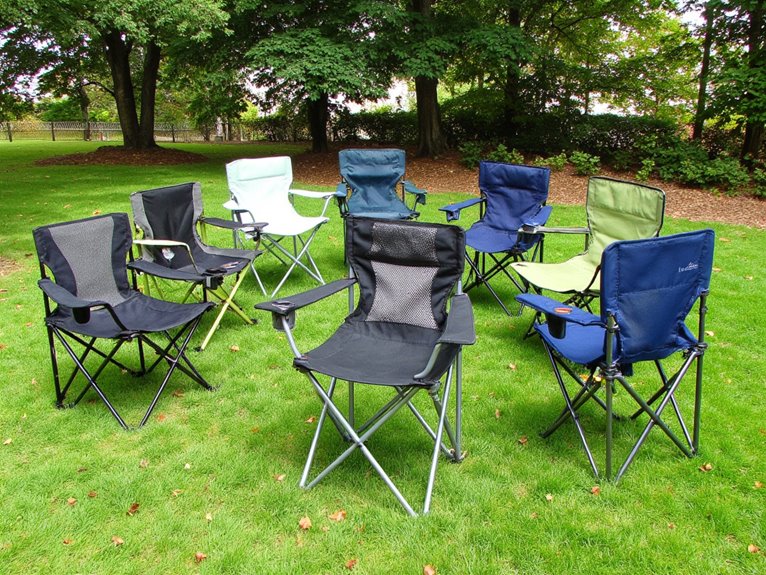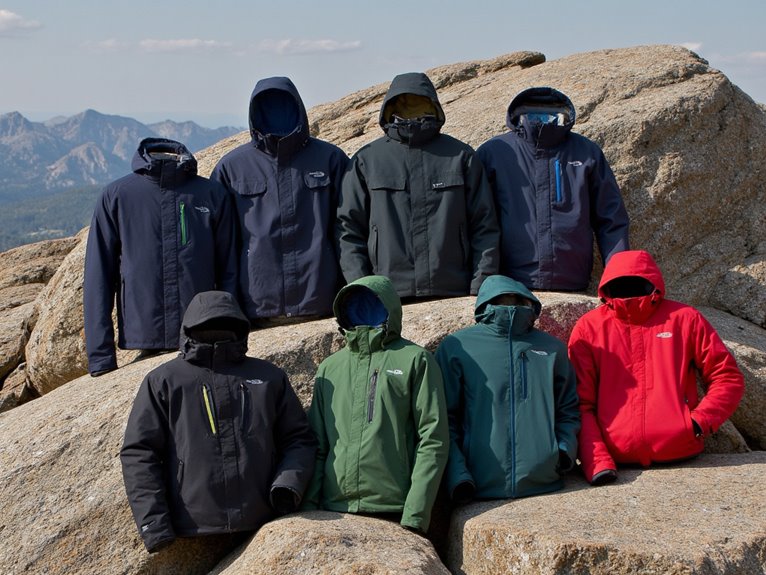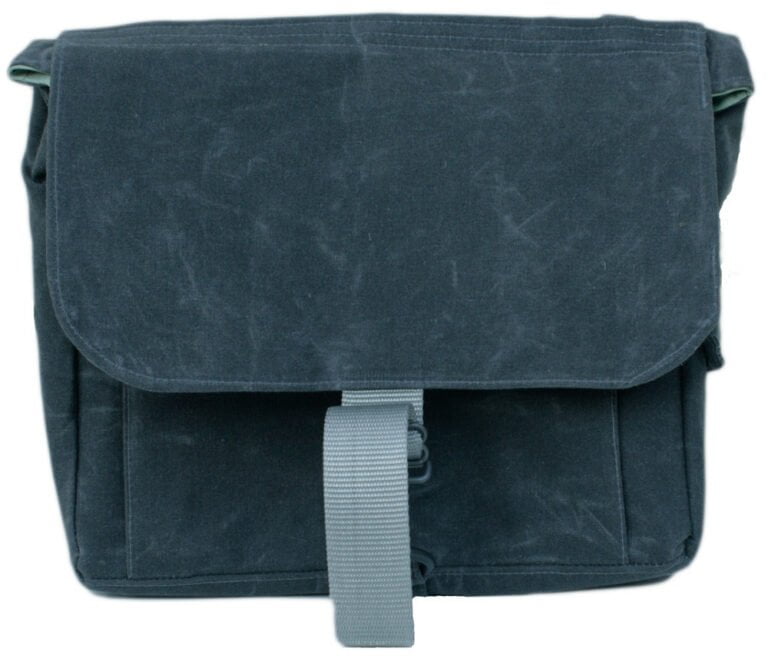Are Rib Boats Safe?
Rib boats can be a safe and enjoyable way to experience the water, but they're not immune to accidents and hazards. A well-designed and constructed RIB, with a sturdy hull, deck, and inflatable tubes, can mitigate safety risks. However, flaws in design, improper weight distribution, and operator error can compromise stability and buoyancy. Regular maintenance, inspections, and operator training are vital in preventing a safe on-water experience. With proper care and operation, rib boats can provide a secure and thrilling experience. To better understand the factors that contribute to rib boat safety, let's examine the key elements that guarantee a safe and enjoyable ride.
We are supported by our audience. When you purchase through links on our site, we may earn an affiliate commission, at no extra cost for you. Learn more. Last update on 8th January 2026 / Images from Amazon Product Advertising API.
Design and Construction Factors
A well-designed and constructed RIB (Rigid Inflatable Boat) can substantially mitigate safety risks, as the durability and quality of the boat's hull, deck, and inflatable tubes play a vital role in ensuring a safe and stable ride.
A sturdy hull and deck provide a solid foundation, while high-quality inflatable tubes offer improved buoyancy and stability.
Furthermore, a well-designed RIB should have a balanced weight distribution, ensuring that the boat remains stable even in rough waters.
Additionally, the quality of materials used in construction, such as durable fabrics and robust adhesives, is essential in withstanding harsh marine environments.
Stability and Buoyancy Concerns
When examining the safety of RIB boats, paramount importance must be attached to the vital aspects of stability and buoyancy.
Flaws in hull design, improper weight distribution, and the risk of capsizing are all potential concerns that can have a significant impact on the overall safety of the vessel.
Hull Design Flaws
Many rib boat designs are plagued by inherent stability and buoyancy concerns stemming from flawed hull configurations.
A common issue is a narrow, V-shaped hull that can cause the boat to tip excessively, compromising stability.
This design flaw can lead to loss of control, especially in rough waters or when carrying heavy loads.
Additionally, some hulls may not provide adequate buoyancy, making the boat prone to swamping or sinking in emergency situations.
Poorly designed hulls can also lead to inadequate freeboard, further exacerbating stability and buoyancy issues.
These design flaws can have serious consequences, making it essential for rib boat manufacturers to prioritize stability and buoyancy in their design considerations.
Weight Distribution Issues
Improper weight distribution can greatly compromise a rib boat's stability and buoyancy, as unevenly loaded vessels are more susceptible to capsizing or swamping, particularly in adverse weather conditions.
This is because the center of gravity is shifted, affecting the boat's ability to stay afloat.
To mitigate this risk, proper weight distribution must be maintained, taking into account the placement of passengers, fuel, and gear.
Rib boat operators should calculate the maximum load capacity and avoid overloading, as excessive weight can lead to reduced stability and buoyancy.
Additionally, regular inspections and maintenance can help identify and address any potential weight distribution issues before they become safety concerns.
Capsizing Risks
Rib boats are inherently prone to capsizing risks due to their design and operational characteristics, which can compromise their stability and buoyancy in various sea conditions.
The open design and limited freeboard of RIBs make them susceptible to swamping, especially in rough seas or when overloaded.
Additionally, the placement of heavy engines or equipment can affect the boat's center of gravity, increasing the likelihood of capsizing.
In addition, the tube's flexibility can lead to stability issues, particularly when traversing through rough waters.
Operators of RIBs must be aware of these risks and take necessary precautions, such as maintaining a safe load, ensuring proper weight distribution, and operating the vessel within its design limitations.
Safety Features and Equipment
Equipped with an array of safety features and equipment, modern rib boats are designed to minimize risks and guarantee a secure on-water experience.
These vessels typically come fitted with essential safety gear, including life jackets, flares, and navigation lights.
Many modern ribs also feature advanced safety technologies, such as GPS tracking systems, emergency signals, and collision avoidance systems.
Additionally, rib boats are constructed with safety in mind, using durable materials and robust designs to withstand harsh marine conditions.
Moreover, manufacturers often incorporate safety-focused design elements, such as non-slip decks and secure handrails, to reduce the risk of accidents and injuries.
Operator Error and Training
Human error, often resulting from inadequate training or experience, is a leading cause of accidents on rib boats, highlighting the importance of proper operator training and education.
A well-trained operator can anticipate and respond to hazardous situations, reducing the risk of accidents.
Rib boat operators should undergo thorough training programs that cover essential skills, such as navigation, communication, and emergency procedures.
Additionally, operators should stay up-to-date with the latest safety guidelines and best practices.
Regular refresher training and practice can help to reinforce safe operating habits and reduce the risk of accidents caused by human error.
Environmental and Weather Risks
When operating a RIB, environmental and weather conditions can pose significant risks to safety.
Rough seas, strong ocean currents, and unpredictable weather patterns can quickly turn a routine outing into a hazardous situation.
This is crucial to understand and prepare for these risks to guarantee a safe and successful journey.
Rough Seas Ahead
How vulnerable are rib boats to the fury of Mother Nature, particularly when traversing through turbulent waters or facing extreme weather conditions?
The answer lies in the design and construction of these vessels. Rib boats are built to withstand harsh marine environments, but they are not invincible.
Strong winds, massive waves, and stormy weather can pose significant risks to the safety of passengers and crew. The hull's flexibility and buoyancy tubes can absorb some of the impact, but excessive stress can still cause damage.
In addition, reduced visibility and rough seas can make navigation challenging, increasing the risk of accidents. Essential for operators to monitor weather forecasts and exercise caution when venturing into rough seas.
Furthermore, poor weather conditions can compromise the structural integrity of the vessel, and extreme caution is necessary to ensure safe passage.
Ocean Current Dangers
Traversing through powerful ocean currents, particularly those fueled by strong winds and storm systems, poses significant risks to rib boat safety and stability.
These currents can push a rib boat off course, making it difficult to maintain control. In addition, strong currents can also lead to broaching, where the boat is turned broadside to the waves, increasing the risk of capsizing.
Furthermore, ocean currents can create areas of turbulence, making it challenging to steer through them safely.
For rib boat operators to be aware of ocean currents and take necessary precautions to mitigate these risks, such as monitoring current forecasts and adjusting their route accordingly, is crucial.
Weather Forecast Uncertainty
To what extent can rib boat operators rely on weather forecasts, given the inherent uncertainty that exists in predicting weather patterns, and how do these uncertainties impact the safety of their journey?
Weather forecast uncertainty is a significant concern for rib boat operators, as it can lead to unexpected weather conditions that can put the crew and passengers at risk.
Even with advanced technology, weather forecasts are not always accurate, and small margins of error can have significant consequences at sea.
This uncertainty can lead to unexpected storms, strong winds, or rough seas, which can compromise the stability of the rib boat and the safety of those on board.
It is crucial for operators to understand the limitations of weather forecasts and take necessary precautions to ensure a safe journey.
Maintenance and Inspection Requirements
Regular servicing and meticulous inspection of rib boats are essential to ensuring the safety of passengers and crew, as failure to do so can result in catastrophic consequences.
A well-maintained vessel is less likely to experience mechanical failures, which can lead to accidents. Operators should adhere to a regular maintenance schedule, including checks on the engine, propeller, and hull.
Additionally, pre-departure inspections should be conducted to identify any potential issues. This includes checks on safety equipment, such as life jackets and flares, as well as communication devices.
A thorough inspection can help identify potential problems before they become major issues, ensuring a safe and enjoyable experience for all on board.




